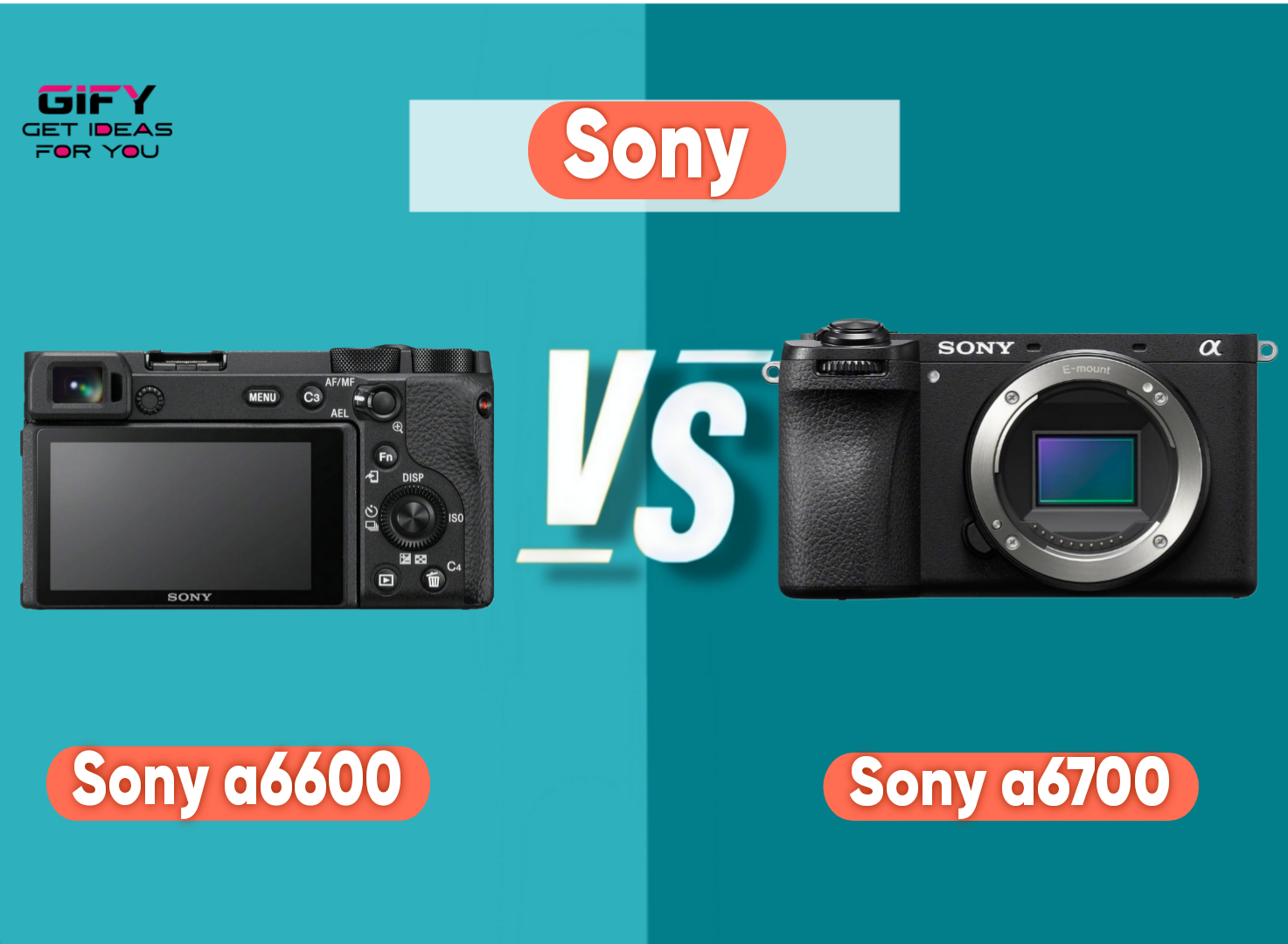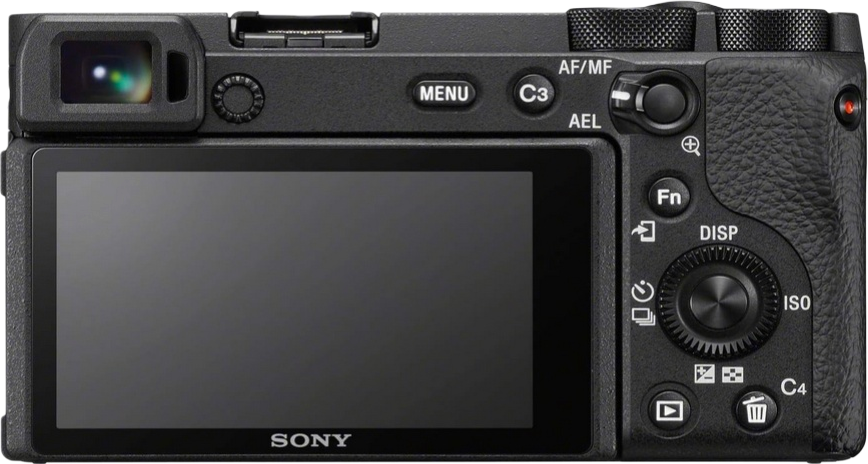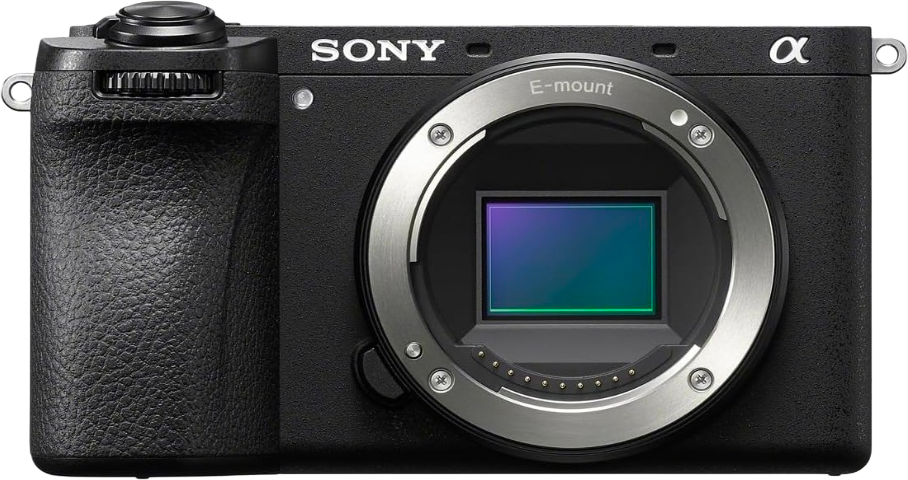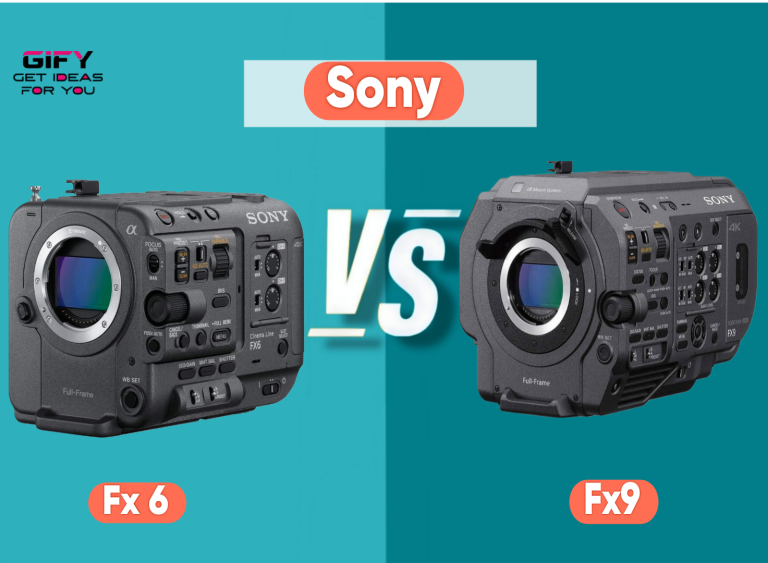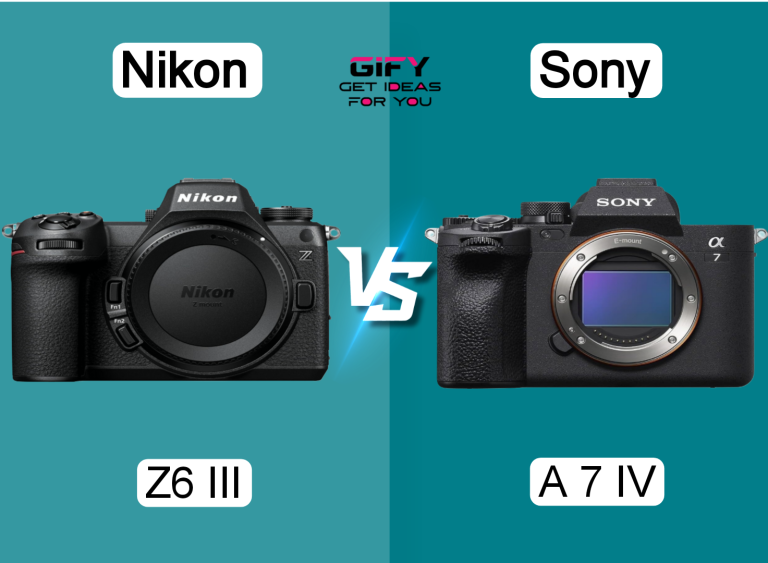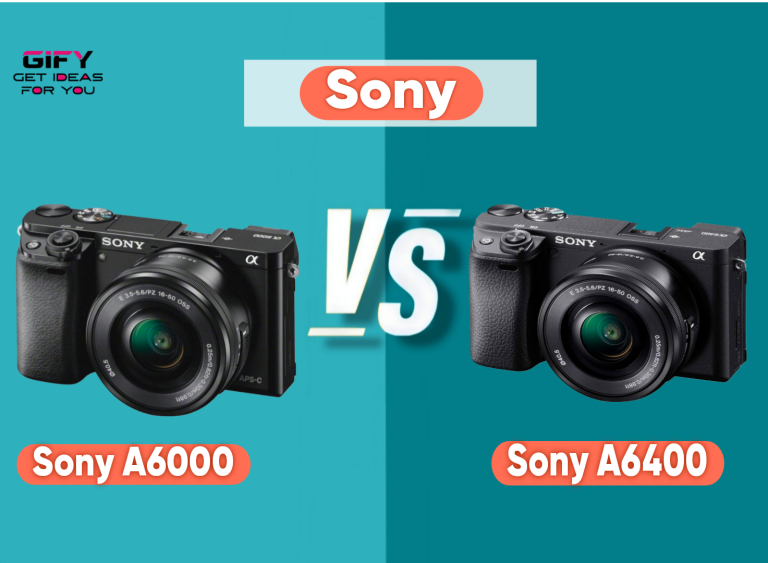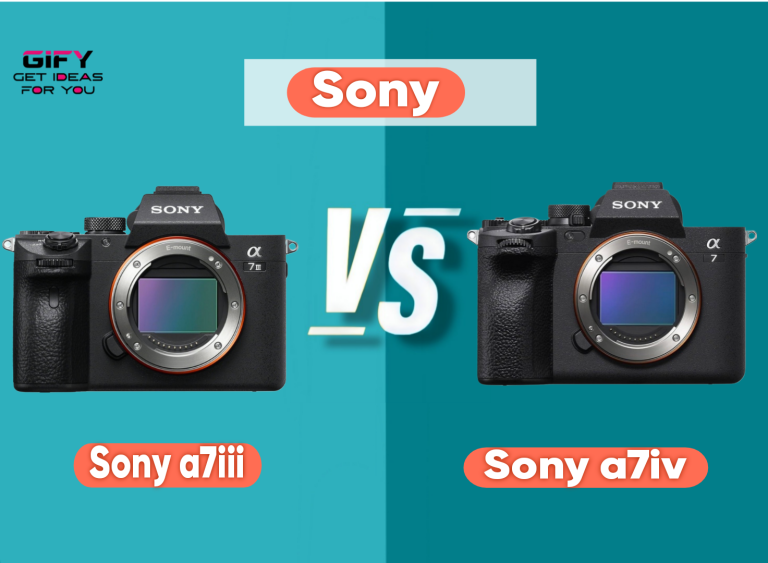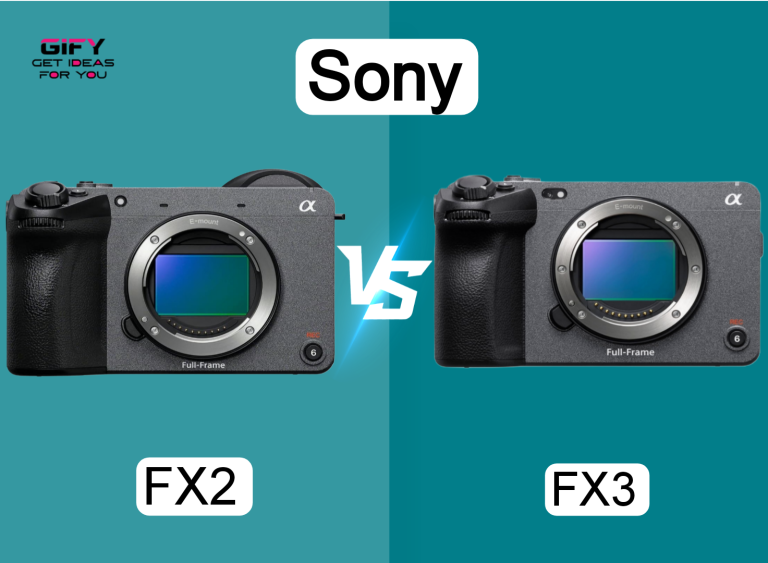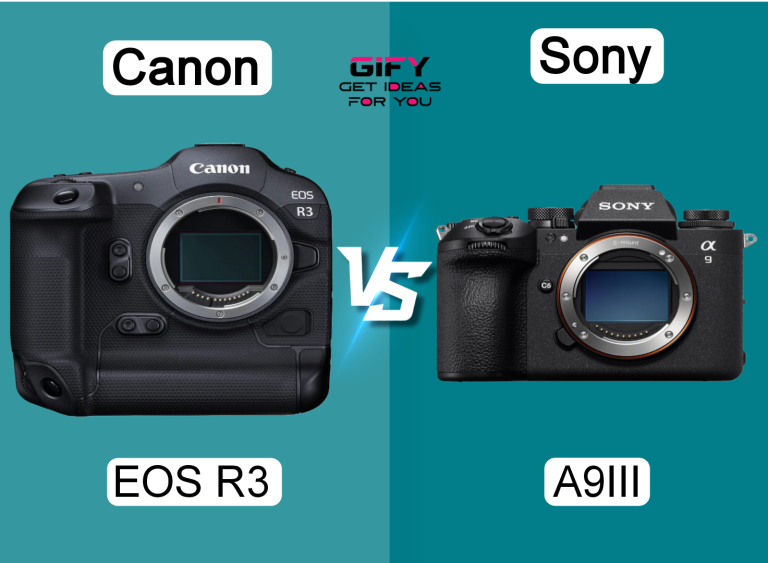**Sony A6600 vs A6700** is a hot topic among photographers and creators. The A6600 earned a reputation for blazing autofocus and reliability. The A6700 brings newer tech:
AI tracking, better video specs, and a back-illuminated sensor. Which one suits your needs? In this guide, we dig deep into release dates, specs, pros and cons, and how they stack up side by side.
Sony A6600 : Digital
Full Details
The Sony A6600 achieves the world’s fastest autofocus speed at just 0.02 seconds. It offers real-time AF and object tracking to maintain focus even on moving subjects.
The sensor is a 24.2MP APS-C Exmor unit with a front-end LSI, pushing ISO up to 102,400. The autofocus system uses 425 phase-detection and 425 contrast-detection points that cover about 84% of the frame.
What I Like
The autofocus is truly snappy, even in challenging lighting. The wide AF point coverage gives you flexibility in composition. High ISO capability means usable images in low light. Real-time object tracking works well for fast-moving scenes.
What Could Be Better
Video capabilities are modest compared to newer models. There is no 10-bit output, no top-tier high frame rate 4K modes. The tilting screen is limited (not fully articulating). In heavy use, the body might lag behind in cutting-edge features.
Overall Opinion
As a stills-centric tool, the A6600 remains a strong choice. It excels in autofocus and still photography. For creators who also value advanced video and AI tracking, its edge is narrower now. But it still offers excellent value, especially if you already own a lens set.
Sony A6700 – MirrorLess
Full Details
The Sony A6700 features a 26.0MP APS-C Exmor R back-illuminated CMOS sensor. Its back-illuminated design helps with light gathering, especially in darker scenes. The BIONZ XR processor ensures rapid and clean image processing. It also includes a dedicated AI processor and real-time recognition for faces, animals, vehicles, and other subjects.
On the video side, it offers 4K/60p and oversampled 6K for 4:2:2 10-bit output in either Long GOP or All-Intra modes. It even supports 4K at 120p for high frame rate footage.
What I Like
The AI-based tracking is impressive in tricky scenarios. The back-illuminated sensor helps with low-light performance. Its 10-bit video and high frame rate modes place it firmly in hybrid creator territory. The upgraded processing gives sharper, cleaner results.
What Could Be Better
Under extreme low contrast, autofocus may occasionally be challenged. Video mode draws more battery, so long shoots demand spare batteries. Price is steeper. Some of the advanced features require menu diving to optimize.
Overall Opinion
The A6700 is a powerful tool for creators who do both stills and video. It balances features well and offers more future-ready capability than the A6600. If your workflow includes video, it’s a significant step up.
Common Features
Both models share several core qualities. They use the Sony E-mount (APS-C) so lens compatibility is seamless. They both include phase + contrast detection autofocus systems. Each offers tilt displays,
built-in Wi-Fi and Bluetooth, and the ability to pair with Sony’s mobile apps. They also support UHS-II memory cards and provide fast burst shooting. Ergonomically, they feel compact but usable for extended sessions. If you know one, switching to the other feels natural.
Sony A6600 vs A6700: Head-to-Head Comparison
Let’s dive deeper into **Sony A6600 vs A6700** across every key feature to see where each shines.
Release Date: The A6600 came out earlier (circa 2019), while the A6700 is a newer model built with improvements for modern creators. That timing gives the A6700 access to more advanced tech.
Video: A6700 wins here. With 10-bit output, oversampled 6K to 4K, and 4K/120p options, it outclasses the A6600’s more modest 4K performance. For serious video work, A6700 is the stronger pick.
Autofocus: The A6600 is still extremely capable with its 0.02 s AF claim and dense AF grid. But the A6700 enhances with AI real-time recognition, making it more reliable in complex scenes (animals, vehicles, etc.). In pure speed, the A6600 holds strong, but A6700 gives smarter tracking.
Sensor & Processor: The 26MP back-illuminated sensor in A6700 pulls ahead in dynamic range and low-light performance. The BIONZ XR processor is more modern and efficient than the older pipeline in A6600.
Screen: The A6600 offers a tilting screen, fine for many use cases. The A6700 offers more flexibility—articulating or more versatile motion (depending on design)—which helps vloggers and creators needing various angles.
Connectivity: Both support Wi-Fi and Bluetooth. The A6700 may offer improved transfer speeds or more robust support in firmware upgrades. For most users, the connectivity difference is subtle.
Image Stabilization: Neither body has in-body (5-axis) stabilization. They depend on lens-based stabilization. So your result depends heavily on the lenses you pair. Neither camera has a definitive advantage here unless new firmware changes things.
Battery Life: The A6600 holds up well, especially when shooting stills. The A6700 is more demanding, especially in video or AI-heavy use, so you’ll want spare batteries. In casual still photography, the difference is manageable.
Ergonomics: Both are compact mirrorless bodies. The grip, button layout, and balance are generally solid in both. The A6700 might include small tweaks (better dials, improved layout) but the overall feel is similar and comfortable.
In short: **Sony A6600 vs A6700** is a contrast between a strong stills performer and a more modern hybrid beast. If your priority is still photography with amazing autofocus, the A6600 still shines. But if you do video, need smarter tracking, or want to future-proof, the A6700 gives you more headroom. If budget allows, it’s the more versatile choice.
Related Articles
FAQ : Sony a6600 vs a6700
Is the A6700 a big jump from the A6600?
Yes, especially in video and intelligent tracking. The stills increase is solid, but the leap in features, sensor, and processing is more noticeable in hybrid use.
Can I use my A6600 lenses on the A6700?
Definitely. Both use the Sony E-mount for APS-C, so your lens collection remains fully compatible.
Which is better for vlogging?
The A6700 offers more flexibility. Better screen articulation and advanced video modes make it more suitable for solo creators and vloggers.
Does the A6600 still hold up in 2025?
Yes, for stills especially. Its autofocus is fast and reliable. It lacks some modern video features, but many photographers still find it solid.
Will battery life be an issue for the A6700?
For video-heavy days, yes. It’s smart to carry a spare battery if you push it hard. For moderate usage, it performs decently.
Which should I buy if I shoot both photos and videos?
If you balance both forms, **Sony A6700** is the better all-rounder. The A6600 is ideal if stills are your main priority and budget matters more.
Conclusion
The **Sony A6600 vs A6700** comparison reveals two strong, capable cameras. The A6600 still brings reliable autofocus and value, especially for photographers.
But the A6700 pushes forward with enhanced video, AI recognition, and modern processing. For creators doing both stills and video and wanting longevity, the A6700 is the smarter pick. But if your main focus is stills and cost efficiency, the A6600 remains compelling.

